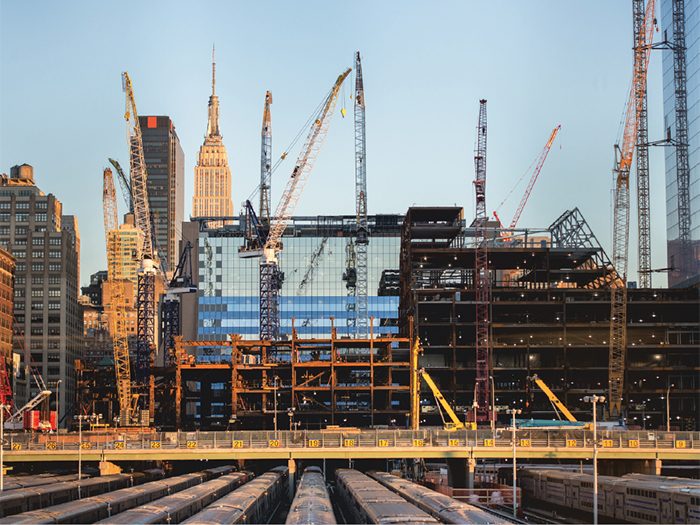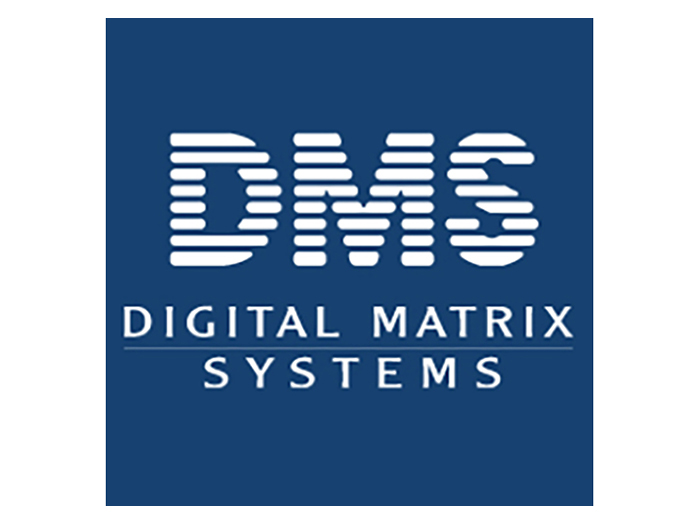Is AI the Greatest Construction Safety Innovation Since Hard Hats?

“There are a lot of concepts and ideas for AI in construction,” said Adam Schnell, executive vice president of casualty, general liability, and construction at Ethos Specialty Insurance, a managing general underwriter in the Ascot Group.
“The reality is what you can actually implement. There are not many jobsites where workers are going to accept wearable technology.”
The actual AI that Schnell has been able to implement is a real-time reporting and recording system. The fulcrum is the site safety manager (SSM), an individual at every jobsite where mandated in New York City by the Department of Buildings (DoB), the issuer of construction permits. The role is not unique to New York, but it has a higher profile than most jurisdictions.
“The SSM has to be the first person on the jobsite and the last one off,” said Schnell. “They are licensed by DoB and report daily to the department all safety concerns and violations.
“There are only about 600 DoB-licensed SSMs in the city, and they are civilly and criminally liable for ensuring that all OSHA and DoB codes are followed. The DoB and its inspectors monitor them.”
Ethos works through brokers, and then Schnell sits down with contractors and explains the system.
“We equip the SSM with a portal and a tablet that can collect data from key-in/key-out for all workers to documenting hazards on site,” said Schnell. “Someday, we may be able to offer discounts for best practices and safe records.”
Identifying Safety Hazards
For now, the system can identify hazards and fix them. “We are catching hazards before there is an accident,” said Schnell.
“It used to be that I couldn’t sleep for worrying. Now I can’t sleep because I am so excited about the potential for this technology. I see a very long path ahead.”
Ethos has already started to accumulate data and rank workers, supervisors and contractors at its insured sites. In at least one case, with the help of the documentation, a worker who refused to follow safety code procedures was removed from a jobsite.
“According to OSHA data, we should have about one fatality every decade in construction in New York,” said Schnell.
Over 40 deaths a year occur, according to the NY Committee for Occupational Safety and Health, and 444 workers died in construction-related accidents between 2007 and 2017 with a record-breaking 71 construction workers killed on the job in 2016.
“OSHA is actually the most realistic agency of all. The codes are easy to follow, but they are not being followed.”
In an instance where a worker fell to his death, the investigation found he was not wearing a harness, he was not tied off, there was no railing in the work area and there were no nets in place. “Any one of those might have prevented the death,” Schnell said ruefully.
There are numerous benefits to an integrated system. “If there is a collapse on a jobsite with 200 workers, and 198 key out, the SSM can tell first responders exactly how many people are unaccounted for, and also their names, their jobs, and the areas in which they were working.”
The Long-term Benefits of AI
The current benefits and long-term potential of AI are clear, but the seeds are scattered widely. “AI in construction is all over the place,” said Gary Kaplan, president of the construction business unit at AXA XL.

Adam Schnell, EVP of casualty, general liability and construction, Ethos Specialty Insurance
He is sanguine about the potential. “Project insurance is the most interesting risk to write. There are so many different life cycles from conception to planning to execution and then through the working life of the structure.”
Justin Gress, director of strategic operations, North American construction, AXA XL noted his firm is implementing the Technology Adoption Maturity Index to evaluate AI in construction and hopes to have it fully in place in November.
It is a simple index that measures from zero, which is no technology in place; to 1, which means starting to implement; to 2, which is mature. In construction, that means full building information modeling (BIM) systems in place for all activities.
Even so, true AI remains a next step. “True AI needs billions of data points, and we are just not there yet,” said Gress. “There is not yet enough data.”
But there is wide eagerness: “A few years ago we started getting emails and calls from many startups,” he added. “We had to sort which to take seriously, so we looked across our customer base and found some technology that was mutually beneficial to them and to us.”
Through that collaborative approach, AXA XL is now into its second series of data-gathering, and has also “dabbled in insurtech,” said Gress.
From the underwriter’s perspective, one of the most important uses of AI is providing guidance on when the best course of action in a claim is just to write the check, Kaplan explained.
“One of the most expensive things we do is try to recreate what happened in a loss. That is expensive because of the lawyers. If we can establish quickly that a claim is valid, it is better to write the check than to spend years in litigation.”
Looking even further ahead, Kaplan added, “we could really see different types of policies in the next few years. We could see new categories of wraps and builder’s risk.”
Liberty Mutual is thinking similarly. General contractors (GCs) today are expanding how they use BIM, said Aldo Fucentese, SVP of national insurance specialty construction: “It started as just a design tool. Now they are using it for clash detection — where structural elements, air-conditioning ducts, wiring or mechanicals would interfere with each other.”
That is making a big difference in cost estimating, he explained. “A lot of buildings are bid on a guaranteed maximum. Anything over that, the GC has to eat. Broader use of BIM can dramatically reduce risks for GCs.
“We are already seeing that in cost estimates that are different from historical assumptions. BIM is also being used for scheduling to identify the critical path for on-time deliveries.”
There has been a lot of attention on wearable sensors and their potential when built into the structure. Building managers can know the moisture level of drywall before mold gets established, preventing expensive remediation.
That said, Ben Beauvais, EVP and CUO, U.S. casualty, Ironshore Insurance, noted that “the proprietary nature of what GCs do limits broad uptake and overall efficiency. AI has the potential to improve transparency and transferability. Then we can understand risks better.”
“With AI and [distributed-ledger technology] we can share information from an owner to the GC to the subcontractors, to the brokers and underwriters,” said Fucentese. “That way we can price risk more granularly as it evolves.” &










